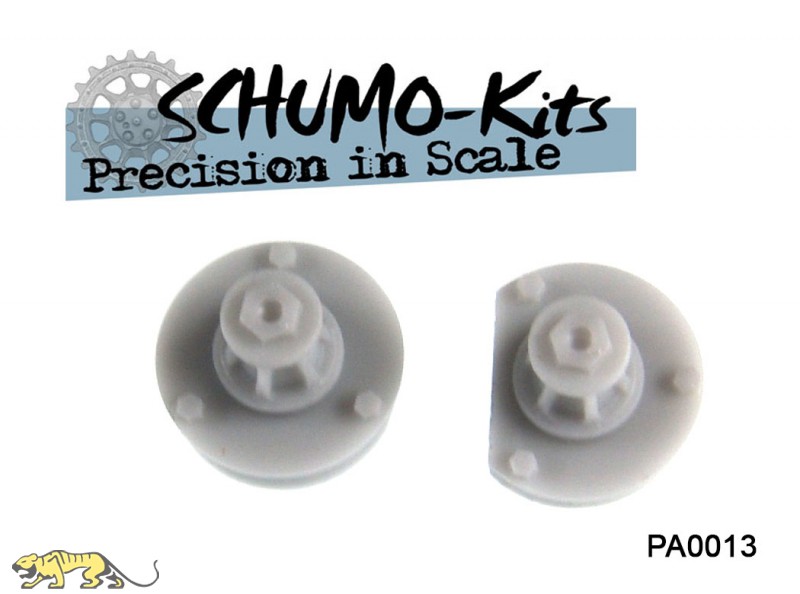Updates 8/10/13 - Welds, welds and more welds
Wow, thanks guys for the kind words. I started this diary totally new to 1/16 RC, scale modelling and even panther tanks in general. The wealth of information from this forum and encouragements continually motivate me to go on. I'm also glad my postings (and ramblings) are useful to some as well.

And with that I continue.
There is a rain guard on the rear turret hatch. This hatch is for the loader and the rain guard throws rain to the sides of the hatch so water doesn't get inside the fighting compartment.
In HL tanks, the rain guard looks too neat and clean. Since the guard is welded on, this should also have weld marks. (see picture below of the Bovington panther in
http://www.net-maquettes.com)

Here is mine after I added the weld marks.

Notice that I already primed the turret and yet added this detail in. For me it's better to add as much stuff as I can and be absolutely satisfied (instead of regretting later) since I know I can still correct things before I start spraying the base coat of paint. As always with adding last minute details like this, it helps that you are not in a hurry to get the tank finished.

Unfortunately I was too focused on what I was doing to take pictures of the steps, but for tiny welds such as this, I jam as much milliput ( along the side of the guard) that can stick, and then wipe like crazy using wet cotton swabs before the putty sets so that only a thin line of putty is left along the side of the guard.
I then use a fine needle to scribe the weld marks on to the putty (see my build log for something I did similar for the top turret details -
Updates 03/09/13 - Completing the detailing of the turret http://www.rctankwarfare.co.uk/forums/v ... start=220)
Its a chore I definitely do not enjoy doing. It ranks second worst (in terms of frustration) to assembling PE parts. Milliput has a very small window of time (first 30 minutes) in which it is workable. After that, it would often time adhere to your fingers or applicator (such as tweezers, toothpick etc.) more readily than the spot you want it to.

Using the same technique I also added weld lines to the armored exhaust.In early panthers, these were made from cast metal parts, but in later panthers (due probably to save time making them) these were made from thick metal sheets welded together. (However some late model panthers would still have the early cast armored exhausts.)
And where there are welds, there will be weld marks. Here is the picture of the welded armoured exhaust from the Bovington Panther. (again from
http://www.net-maquettes.com)

And here is my version.

Also notice in the above I added the weld marks in the pintle mount. (The protruding tow hitch like device attached to the engine cover, below the exhaust) Adding the weld marks here were more difficult as the mount has a complicated shape and thus a lot more corners. Let's just say I was not looking forward to doing that again.











































